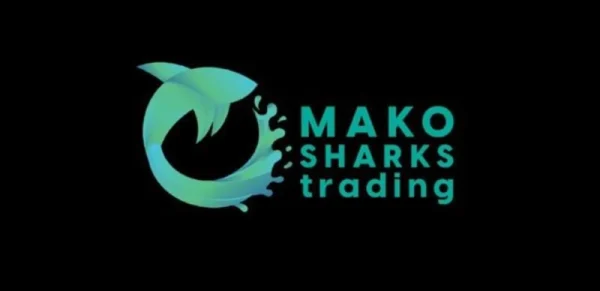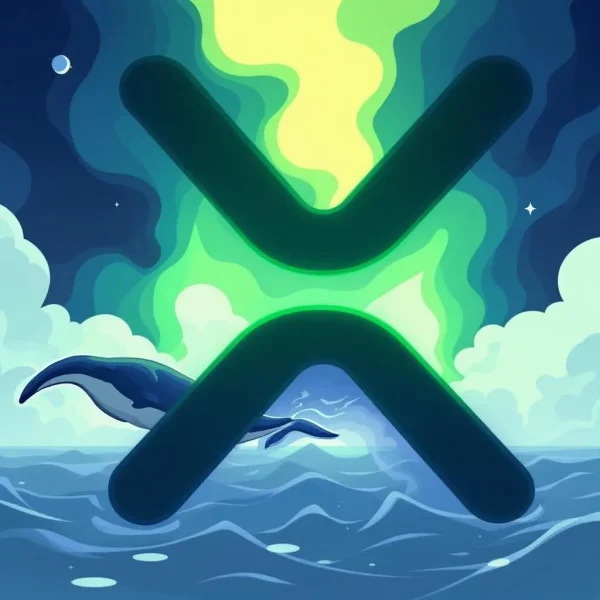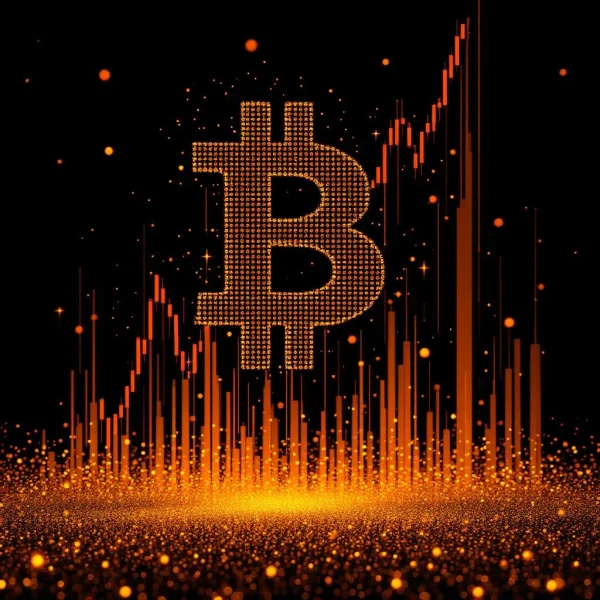Cardano (ADA)








Statistics
| Volume | 333893475.24 |
| Marketcap | 14605122546.18 |
| Avail. Supply | 35910312071.29 |
| Total Supply | 44994648277.45 |

Cardano Price | ADA Price Index, Live Chart, Market Cap & News
Want to understand Cardano (ADA), the blockchain focused on security and growth? See the current price, track it over time with charts, and discover the latest Cardano news.
Price of Cardano Today – IT dynamic data
ADA Historical Price
2017 – 2018
- On October 1, 2017, Cardano (ADA) began trading at approximately $0.02.
- In October 2017, shortly after its launch, ADA saw a quick increase in price, reaching around $0.03 to $0.04.
- Late 2017 – Early 2018, ADA's price surged as the cryptocurrency market experienced a big bull run.
- January 4, 2018, ADA hit an all-time high of approximately $1.33.
2018 – 2020
- 2018 Following the peak, ADA's price started to decline, along with the broader crypto market.
- December 2018, The price fell to around $0.03 to $0.04.
- 2019 – 2020, during these years, ADA's price remained relatively stable with minor fluctuations.
2020 – 2021
- Mid-2020, ADA began to rise again with the resurgence of interest in cryptocurrencies and the boom in decentralized finance (DeFi).
- July 2020, ADA reached approximately $0.10.
- In early 2021, ADA's value increased and crossed the $1.00 mark for the first time since 2018.
- In May 2021, ADA hit a new all-time high of around $2.46.
- In September 2021, ADA reached its highest price point of approximately $3.10, following the launch of smart contract capabilities on the Cardano network.
2022 – Present
- In 2022, the broader cryptocurrency market experienced significant corrections, impacting ADA's price.
- In June 2022, ADA's price dropped to around $0.45 amidst broader market downturns.
- Late 2022 – Early 2023, ADA experienced fluctuations, with prices ranging between $0.30 and $0.50.
- Mid 2023, Prices showed signs of recovery, often fluctuating around the $0.35 to $0.40 range.
ADA to Local Currency – IT dynamic data
About Cardano
What is Cardano (ADA)?
Cardano is a decentralized blockchain platform that aims to provide a more secure and scalable infrastructure for the development and execution of smart contracts and decentralized applications (dApps).
The native cryptocurrency of the Cardano platform is ADA, named after Ada Lovelace, a 19th-century mathematician recognized as the first computer programmer.
Who Founded Cardano?
Cardano was founded by Charles Hoskinson, a co-founder of Ethereum. He left Ethereum due to differences in vision and governance and went on to create Cardano in 2015. The project is developed and maintained by three primary organizations:
Cardano’s Vasil Hard Fork
Cardano's Vasil hard fork, implemented in September 2022, was an upgrade designed to improve the network's capabilities in several areas:
Iproved Scalability
Vasil introduced features that allow the network to handle more transactions per second, paving the way for wider adoption.
Upgraded Smart Contracts
The upgrade introduced new functionalities for smart contracts, enabling developers to create more complex and powerful applications on the Cardano blockchain.
Reduced Transaction Fees
Vasil helped lower transaction fees on the Cardano network by optimizing how transactions are processed.
Increased Network Security
The hard fork also included improvements to the overall security of the Cardano network.
Cardano’s Alonzo Upgrade
The Alonzo upgrade introduced smart contract functionality to the Cardano network. This upgrade, which went live in September 2021, marked the completion of the Goguen phase of Cardano's roadmap.
With Alonzo, developers can write and deploy smart contracts on Cardano, enabling the creation of dApps, DeFi platforms, and NFTs. The Alonzo upgrade improved Cardano’s capability to compete with other smart contract platforms like Ethereum and Solana.
What Makes Cardano Unique?
Energy Efficiency
Cardano uses a Proof-of-Stake (PoS) system called Ouroboros. Unlike Proof-of-Work (PoW) used by Bitcoin, PoS doesn't require massive amounts of computing power, making Cardano much more eco-friendly.
Scientific Approach
Cardano’s development is grounded in peer-reviewed academic research. Each step of its development is backed by scientific rigor.
Ouroboros Consensus Algorithm
Cardano uses Ouroboros, a proof-of-stake (PoS) consensus algorithm that is more energy efficient than traditional proof-of-work (PoW) algorithms.
Layered Architecture
Cardano's architecture consists of two layers: the Cardano Settlement Layer (CSL) for ADA transactions and the Cardano Computation Layer (CCL) for smart contracts, enhancing security and scalability.
Interoperability
Cardano aims to create interoperability with other blockchains and ensure long-term sustainability through a treasury system that funds future development.
What is ADA Used For?
ADA has multiple purposes within the Cardano ecosystem:
- ADA holders can participate in staking, which helps validate transactions and secure the Cardano network. By staking their ADA, they earn rewards for contributing to network security.
- ADA is used as a currency within smart contracts and decentralized applications built on Cardano.
- The crypto funds proposals and projects to improve the Cardano ecosystem through its treasury system.
- As the Cardano ecosystem grows, ADA might be used for various purposes within decentralized applications (dApps) built on the Cardano blockchain. Imagine using ADA to pay for goods and services within a dApp marketplace or even to participate in a decentralized voting system.
Cardano Network Security
The network security is based on several aspects:
Proof-of-Stake Consensus Mechanism
Unlike Bitcoin's Proof-of-Work (PoW), Cardano uses Ouroboros, a Proof-of-Stake (PoS) protocol. This eliminates the need for massive computational power, making it more energy-efficient.
In PoS, users validate transactions based on the amount of ADA (Cardano's native token) they hold. This discourages bad actors as attempting to tamper with the network would require them to own a significant amount of ADA.
Peer-Reviewed Research
The Ouroboros protocol is backed by several peer-reviewed papers, which means the security assumptions have been thought of by experts in the field. This adds a layer of trust to the protocol's design.
EUTxO Model
Cardano uses the Extended UTXO (Unspent Transaction Output) model. This model makes the network more secure and auditable by requiring validators to have a predictable number of inputs and outputs for each transaction.
Despite the proficient security measures, the Cardano network has its security flaws:
Smart Contract Vulnerabilities
Like any platform with smart contracts, Cardano is susceptible to vulnerabilities in these contracts that could be exploited by malicious actors. Developers must write secure smart contracts.
Cardano vs Ethereum
Cardano and Ethereum are both decentralized blockchain platforms that allow developers to build and deploy decentralized applications (dApps) and smart contracts.
| Feature | Cardano (ADA) | Ethereum (ETH) |
| Consensus Mechanism | Proof-of-Stake (Ouroboros) | Proof-of-Work (Transitioning to Proof-of-Stake) |
| Transaction Speed | ~250 TPS | ~30 TPS |
| Smart Contract Capability | Yes (Plutus) | Yes (Solidity) |
| dApps Ecosystem | Over 1,000 | Over 3,000 |
| Total Supply | 45 billion ADA (fixed) | No limit (capped issuance per year) |
| Circulating Supply | ~34 billion ADA | ~120 million ETH |
| Current Price (as of June 4, 2024) | ~$0.80 USD | ~$2,200 USD |
| Market Capitalization (as of June 4, 2024) | ~$27.2 billion USD | ~$264 billion USD |
| Development Approach | Research-driven, peer-reviewed | Faster development cycle, larger developer community |
How to Buy Cardano?
If you’re interested in buying Cardano (ADA), here are some steps to guide you:
- First, you’ll need a crypto wallet or cryptocurrency exchange, for example, Kraken, Binance, Coinbase etc.
- Once you have a wallet, find your unique ADA address within it.
- Look for an exchange or broker that sells ADA. Some popular options include Coinmama and Binance.
- You can either buy ADA directly using fiat currency (like USD or EUR) or trade another cryptocurrency for it.
- After purchasing ADA, withdraw it to your wallet for safekeeping or store it in your CEX wallet.
How to Stake Cardano?
Staking Cardano ADA is a process where token holders participate in running the network by locking away their tokens. Here’s how you can stake ADA:
- Transfer your ADA tokens to the staking-compatible wallet you’ve chosen.
- Delegate to a stake pool:
- Cardano allows you to delegate the staking responsibility to entities called “stake pool operators.” These pools are run by individuals or groups with the necessary knowledge and hardware for staking.
- Review different pools based on their performance, uptime, and size. You have complete freedom to choose which pool to join.
- Once you’ve selected a pool, delegate your ADA tokens to it. You can unstake and re-stake your coins as needed.
- Epochs and rewards:
- Cardano divides time into “epochs,” each lasting about five days.
- At the end of each epoch, a snapshot records the distribution of staked ADA to pool participants.
- Rewards are calculated based on your staked amount and distributed accordingly.
- Note that rewards may take some time to appear in your wallet.
Cardano Development
The Cardano blockchain platform is still being developed and will launch in five stages:
- Byron → The foundation phase where the ADA cryptocurrency and wallets (Yoroi and Daedalus) were launched.
- Shelley → The decentralization phase introduced delegated staking and supported the growth of stake pool operators.
- Goguen → This phase launched smart contracts and custom tokens.
- Basho → The scalability phase will introduce sidechains to run parallel to the main blockchain.
- Voltaire → The governance phase will implement a voting and treasury system for a self-supported community project.
Once fully operational, Cardano will allow developers to create custom tokens and decentralized applications (dApps) using the new “Plutus” programming language. Non-programmers can use “Marlowe,” a domain-specific language (DSL), to create smart contracts for business purposes.
To improve scalability, Cardano will introduce sidechains. These are separate blockchains running alongside the main one to handle tasks like processing microtransactions, storing wallet data, and deploying dApps. Sidechains reduce the workload on the main blockchain, preventing congestion and enabling faster transactions.
Decentralized governance will make Cardano a community-driven project. ADA holders will stake their coins to vote on new proposals, with voting power proportional to the number of coins staked.
FAQ about Cardano
What is Cardano (ADA)?
Cardano is a blockchain platform designed for security, scalability, and sustainability. ADA is the native cryptocurrency of the Cardano network.
What are the benefits of ADA?
Lower transaction fees compared to some other blockchains, more energy-efficient than, proof-of-work blockchains, designed for scalability to handle a large volume of transactions and secure platform with a research-driven approach.
How can I buy ADA?
You can buy ADA on various cryptocurrency exchanges like Binance, Coinbase, Kraken, or Gemini.
How is ADA used?
ADA is used for securing the Cardano network through staking, making transactions on the Cardano network, paying for goods and services from merchants accepting ADA.
What are some of the challenges facing Cardano?
A smaller existing developer community compared to Ethereum and a younger blockchain with less established track record compared to Ethereum.
Is ADA a good investment?
The future value of ADA depends on various factors like adoption, development, and overall market sentiment.
Who are the founders of Cardano?
Charles Hoskinson and Jeremy Wood founded Cardano.
What makes Cardano unique?
Cardano uses a unique proof-of-stake consensus algorithm called Ouroboros, designed for scalability and security.
What is Cardano’s Vasil Hard Fork?
The Vasil Hard Fork is an upgrade aimed at improving Cardano’s scalability and performance.
How many Cardano (ADA) coins are there in circulation?
There are approximately 45 billion ADA coins in circulation.
How is the Cardano network secured?
Cardano is secured using the Ouroboros proof-of-stake protocol, which ensures a high level of security and energy efficiency.
What is Cardano’s alonzo upgrade?
The Alonzo upgrade introduces smart contract functionality to the Cardano blockchain.
Where can you buy Cardano (ADA)?
Cardano (ADA) can be purchased on major cryptocurrency exchanges such as Binance, Coinbase, and Kraken.